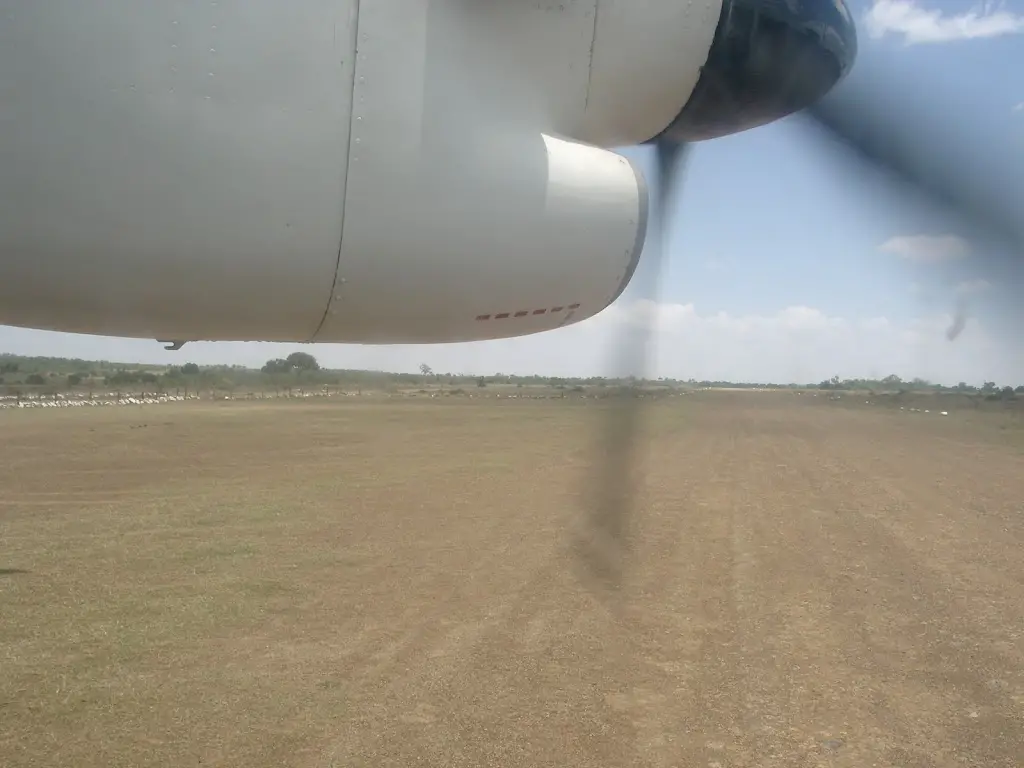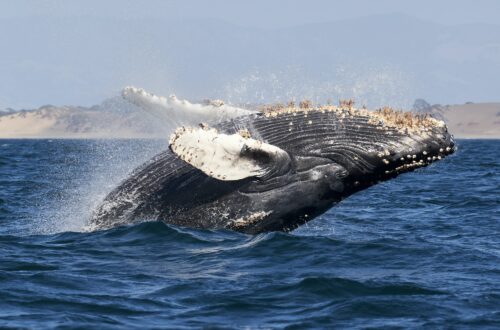Confidential unveiling of an increase in National Park entrance fees at Maasai Mara in 2024.
Kenya’s Maasai Mara, with its breathtaking landscapes and diverse wildlife. It has long been a favorite among adventure seekers. However, news of an increase in National Park entrance fees at Maasai Mara for the coming year has animated discussions among travelers. It comes as a shock that the entrance fees are set to skyrocket.
Lately, the Narok County government confirmed this October the increase in National Park entrance fees at Maasai Mara. From $70 USD to $100 USD for non-residents starting from 1st January, and then further to $200 USD from 1st July 2024. This significant increase in park fees has raised questions about the reasons behind this decision. How it will impact tourists and the local economy? In this response, I’ll research into the factors driving this fee increase. I’ll try to shed light on why a visit to Maasai Mara remains a worthwhile investment, despite the increased costs. As well as the potential implications for both tourists and the local economy.
Now, let’s explore these aspects in detail.
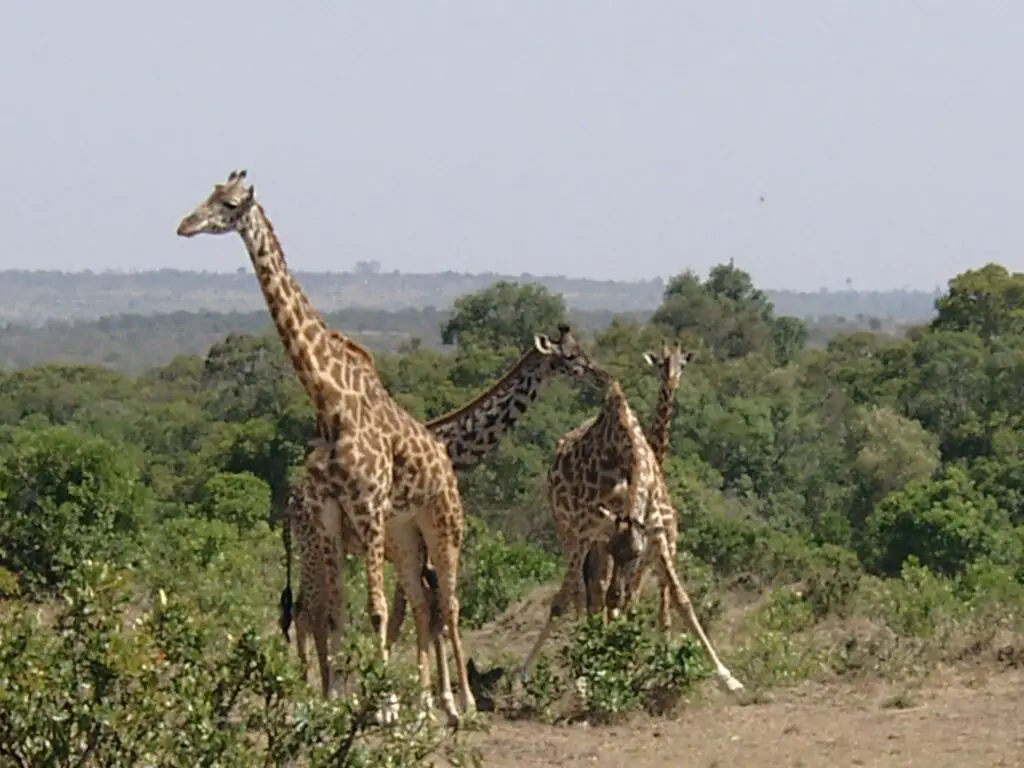
Understanding the increase in National Park entrance fees at Maasai Mara:
Kenya’s Maasai Mara, with its breathtaking landscapes and diverse wildlife, has long been a favorite among adventure seekers. However, news of an increase in entrance fees for the coming year has triggered discussions among travelers. It comes as a shock that the increase entrance fees at Maasai Mara are set to skyrocket.
The increase in National Park entrance fees at Maasai Mara National Reserve is primarily driven by the need for additional funding to support critical conservation efforts and sustainable management of this iconic natural treasure. This fee boost is essential to finance various initiatives aimed at safeguarding rich biodiversity. And maintaining the park’s ecological balance. It allows the Narok County Council, responsible for managing and protecting the reserve, to allocate resources for anti-poaching measures, habitat preservation, wildlife protection, and community development projects in the surrounding areas. While it may appear as an added cost for travelers; these increased fees play a crucial role in ensuring the long-term sustainability of the Maasai Mara, allowing it to prosper and be enjoyed by future generations of adventure seekers and wildlife enthusiasts.
This approach aligns with the globally recognized principle of ecotourism; where visitor contributions directly benefit the environment and local communities. So, while the entrance fees are higher, they serve a vital purpose; preserving the Maasai Mara’s natural beauty and diversity. Making it a worthwhile investment for all who cherish this remarkable ecosystem.
Sources
- masaimara.travel – Reserve Entry Fees & Park Rules 2023 & 2024
- governorscamp.com – Increases to Masai Mara Park fees 2024
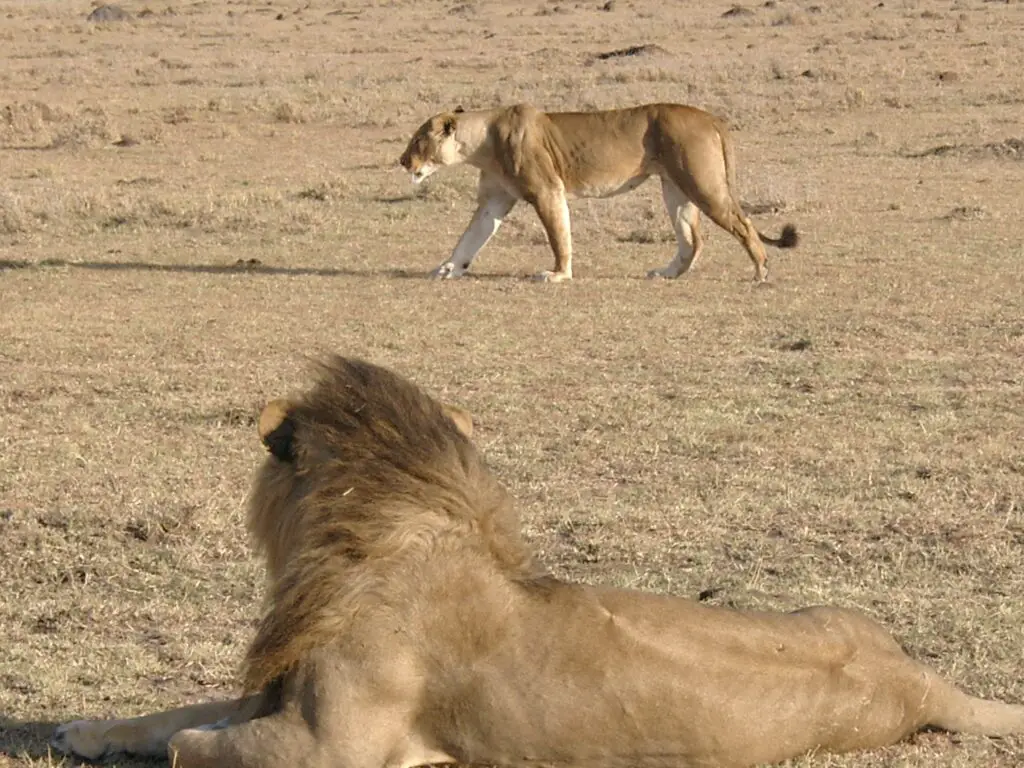
The Value of a Maasai Mara Experience:
Let’s delve further into why the Maasai Mara National Reserve is worth visiting and why the investment in higher entrance fees is justified:
- Breathtaking Natural Beauty: The Maasai Mara is renowned for its stunning landscapes, from vast savannahs to rolling hills and acacia-dotted plains. The reserve’s picturesque beauty alone makes it a worthwhile destination for nature enthusiasts and photographers.
- Rich Biodiversity: The Maasai Mara is home to an incredible diversity of wildlife, including the Big Five (lion, leopard, elephant, buffalo, and rhinoceros). Travelers can witness these majestic creatures in their natural habitat, making for unforgettable wildlife encounters.
- Great Migration: The Great Migration is undoubtedly the highlight of Maasai Mara’s wildlife calendar. This annual phenomenon sees millions of wildebeest and zebras making a perilous journey across the Mara River, pursued by predators. It’s a wildlife spectacle unlike any other, offering a front-row seat to nature’s raw drama.
- Cultural Experiences: Beyond its natural wonders, the Maasai Mara provides opportunities to engage with the local Maasai communities. Visitors can gain insights into their rich culture and traditions, including traditional dances, crafts, and interactions with Maasai tribespeople.
- Conservation Efforts: By visiting the Maasai Mara and paying the increased entrance fees, travelers directly contribute to the conservation and protection of this unique ecosystem. These funds support anti-poaching measures, habitat preservation, and community development projects, ensuring the long-term sustainability of the reserve.
In summary, while the entrance fees have risen, the Maasai Mara offers unparalleled natural beauty, incredible wildlife encounters, and cultural experiences. The chance to witness the Great Migration alone justifies the investment. Furthermore, by visiting, travelers actively participate in the preservation of this remarkable ecosystem, making their journey to the Maasai Mara even more meaningful.
Sources:
- kenyasafaris.co – Is Maasai Mara National Reserve worth visiting?
- discoverafrica.com – Five Reasons Why You Should Visit Kenya’s Masai Mara National Reserve
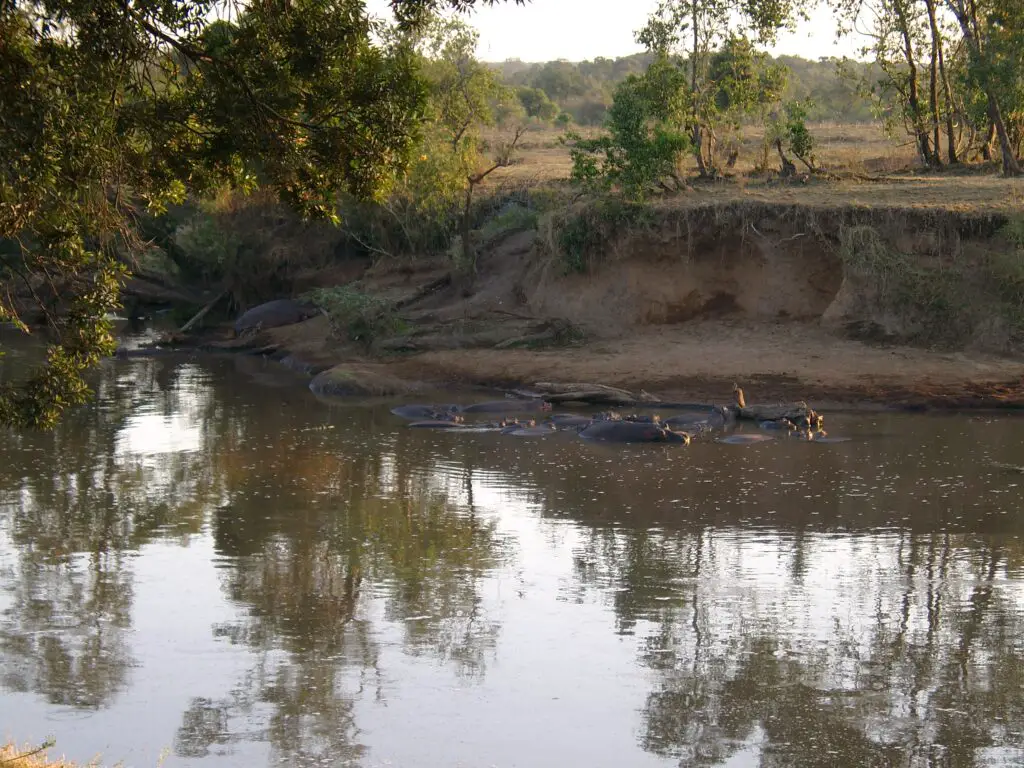
Comparing Costs: Kenya and Tanzania vs. South Africa:
Safaris in Africa are renowned for their incredible wildlife and natural beauty, but travelers often wonder why destinations like Kenya, Tanzania, and South Africa come with varying price tags. In this article, we’ll explore the factors that contribute to the cost differences and why these investments are worthwhile for adventurous travelers.
Kenya and Tanzania are known for their abundant and diverse wildlife. The Maasai Mara and Serengeti, in particular, host the Great Migration, one of the most spectacular wildlife events on the planet. These concentrations of wildlife offer exceptional game-viewing opportunities, which may not be as prevalent in South Africa. This natural abundance justifies the higher costs.
Kenya and Tanzania offer exclusive experiences, such as guided walking safaris and hot air balloon rides, that provide a deeper connection with the wilderness. These activities, while available in South Africa to some extent, are integral to the experience in East Africa, adding to the overall cost.
Comparing park fees,
Kenya’s Maasai Mara and Tanzania’s Serengeti both charge $70 for non-resident adults per day, while South Africa’s Kruger National Park fees are notably lower at $27. These fees support conservation efforts, but the variance in costs is influenced by the factors mentioned above.
The diversity of accommodation options in Kenya, Tanzania, and South Africa also impacts costs. Luxury lodges and tented camps in East Africa may be pricier, while South Africa offers a broader range of options to suit different budgets.
While safaris in Kenya, Tanzania, and South Africa may seem expensive, the investment is justified by the unique experiences, higher wildlife concentrations, and exclusive activities they offer. The choice ultimately depends on the traveler’s preferences and budget, but one thing is certain: a safari in any of these African destinations promises an extraordinary adventure.
Sources;
- farandwild.travel – Kenya vs South Africa – which is better for safari?
- goshenisafaris.com – Tanzania VS Kenya: A Point-by-Point Comparison of the Top 2 Safari Destinations
- wild-wings-safaris.com – How expensive is an African safari?
- ellamckendrick.com – Tanzania Safari Cost 2023 – Everything You Need to Know
- onthegotours.com – Kenya Vs Tanzania For a Safari
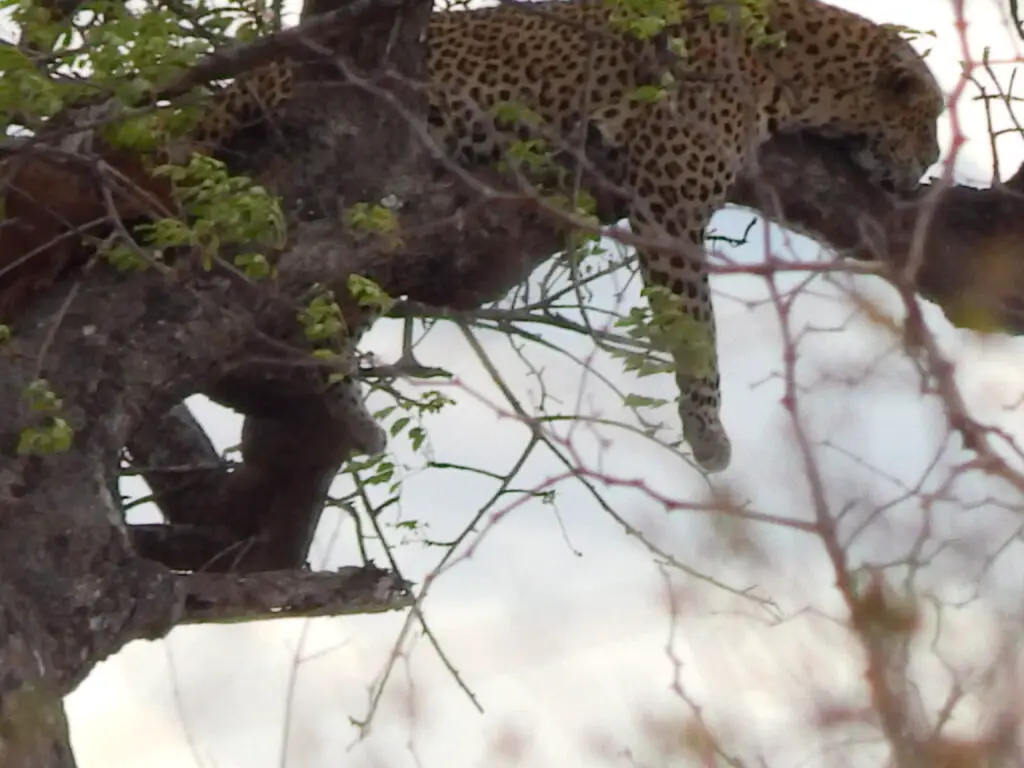
Supporting Local Communities:
Certainly, visiting Maasai Mara goes beyond experiencing the natural beauty of the reserve; it’s a chance to make a positive impact on the Maasai people and their communities. Here’s an extended look at the significance of this community-based approach:
Empowering Local Communities:
The Maasai people have a rich cultural heritage and a deep connection to the land. By directing a portion of entrance fees towards local communities, tourists play a pivotal role in empowering the Maasai. These funds support various community projects, including education, healthcare, and infrastructure development.
Education:
Education is a cornerstone of development. With the support of tourism revenue, schools in the region receive much-needed resources, improving access to quality education for Maasai children. This helps break the cycle of poverty and creates opportunities for the younger generation.
Healthcare:
Adequate healthcare is essential for the well-being of any community. Tourism contributions assist in establishing and maintaining healthcare facilities, ensuring that the Maasai have access to medical services.
Sustainable Development:
Sustainable tourism initiatives in Maasai Mara are designed to minimize environmental impact while maximizing benefits for local communities. This approach aligns with the Maasai’s traditional conservation practices and promotes harmony between humans and wildlife.
Cultural Exchange:
Travelers have the opportunity to engage in cultural exchanges with the Maasai, learning about their traditions, customs, and way of life. This exchange fosters a deeper understanding of the Maasai’s unique coexistence with nature.
In summary, visiting Maasai Mara not only offers an exceptional wildlife experience. Also provides a chance to contribute to the welfare and sustainable development of the Maasai community. It’s a meaningful way to explore the interconnectedness of people, wildlife, and the environment.
Sources:
- tandfonline.com – Impacts of tourism on support for conservation, local livelihoods, and community resilience around Maasai Mara National Reserve
- greenglobaltravel.com – Maasai Mara Conservancies: A Model for Community-Based Conservation
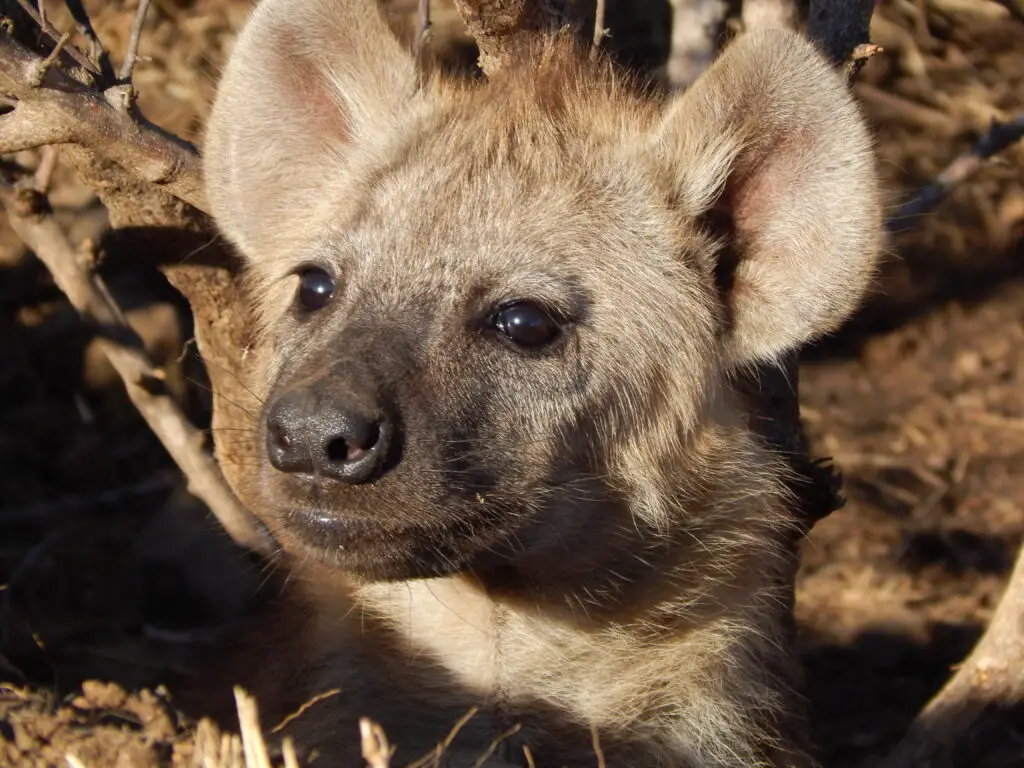
Planning Ahead for Cost-Effective Travel:
Certainly, visiting Maasai Mara budget-friendly is not only possible but also an excellent way to experience this incredible destination without breaking the bank. Here’s an extended look at strategies for cost-effective travel to the Mara:
Advance Booking:
Planning and booking your trip well in advance can often lead to significant cost savings. Flights, accommodations, and tours may offer better deals when reserved ahead of time.
Travel During Shoulder Seasons:
Consider visiting Maasai Mara during the shoulder seasons, which are typically in between the peak tourist periods. During these times, you can benefit from lower accommodation and tour prices while still enjoying remarkable wildlife experiences.
Group Tours and Package Deals:
Likewise joining group tours or opting for package deals can be a cost-effective way to explore the reserve. Sharing expenses with a group can reduce individual costs. Package deals often include multiple services at a bundled price.
Eco-Friendly Lodges and Inclusive Packages:
Many eco-friendly lodges and camps in Maasai Mara offer inclusive packages that cover accommodation, meals, game drives, and even conservation fees. These packages not only simplify your budget but also contribute to the local environment and community.
Self-Catering:
Some lodges and camps have self-catering facilities, allowing you to prepare your meals. This can be a budget-friendly option, especially if you’re traveling with a group.
Research and Comparison:
Furthermore, spend time researching and comparing options for accommodations, tours, and transportation. This can help you identify the most budget-friendly choices while ensuring a quality experience.
By employing these strategies, travelers can enjoy the wonders of Maasai Mara without straining their budgets, making the reserve accessible to a broader range of adventurers.
Sources:
- heleninwonderlust.co.uk – How to Travel to the Masai Mara on a Budget (under $500)
- wanderingearl.com – Masai Mara Safari: How to Plan a Budget-Friendly Trip
- kabiraugandasafaris.com – Masai Mara Safari Cost (A Detailed Guide With Examples)
- excursionsafaris.com – Top 10 Ways to Experience Masai Mara Safari on a Budget
In conclusion despite the increase in entrance fees. Visiting Kenya’s Maasai Mara remains a worthwhile investment for travelers. By contributing to conservation efforts.Experiencing unique wildlife encounters. Supporting local communities, and planning strategically, travelers can create unforgettable memories while playing a vital role in preserving this natural wonder. So, pack your bags, embrace the adventure, and embark on a journey that will leave you with a profound appreciation for the beauty of Maasai Mara. Happy travels!


